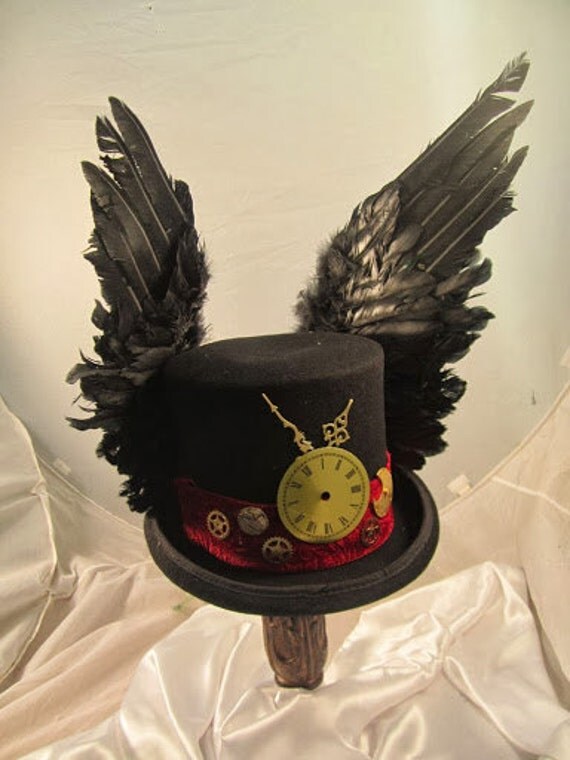


The drinking bird is a heat engine that exploits a temperature difference to convert heat energy to a pressure difference within the device, and performs mechanical work.

It may be dangerous to people with heart, liver, or nervous system conditions and is a suspected carcinogen.
#Bird bell hat skin
Dichloromethane can irritate the skin on contact and the lungs if inhaled. The whole setup pivots on an adjustable crosspiece attached to the neck.ĭespite the drinking bird's appearance and classification as a toy, there is a potential danger of thin shards of glass should the bulb break.Įarly models were often filled with highly flammable substances, though the fluid in later versions is nonflammable. The bird is typically decorated with paper eyes, a plastic top hat, and one or more tail feathers. The upper bulb has a "beak" attached which, along with the head, is covered in a felt-like material. Īir is removed from the apparatus during manufacture, so the space inside the body is filled by vapor evaporated from the fluid. Sullivan's 1945 patent suggested ether, alcohol, carbon tetrachloride, or chloroform. Įarlier versions contained trichlorofluoromethane. The fluid is typically dichloromethane (DCM), also known as methylene chloride. The dye might fade when exposed to light, with the rate depending on the dye/color. The space inside the bird contains a fluid, usually colored to make the liquid more visible. The tube extends nearly all the way into the bottom bulb, and attaches to the top bulb but does not extend into it. A drinking bird consists of two glass bulbs joined by a glass tube (the bird's neck).


 0 kommentar(er)
0 kommentar(er)
